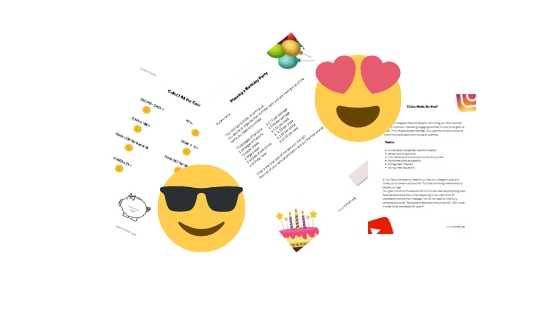Let’s talk about how we can evaluate students’ knowledge of math using a variety of tools and approaches.
Since at IntoMath we believe in balanced instruction, we also believe in balanced assessment approaches. Student should be given an opportunity to demonstrate their knowledge in different ways, from regular pencil and paper task to a creative video project to a real life situation application.
Just like in the case of differentiated instruction, differentiated and balanced summative assessment should take into account the following:
- Students are ready to work with concepts studied in the situations that they can relate to.
- Teachers use a repertoire of summative assessment strategies to meet the needs of different learners.
- All summative assessment activities are equally engaging and respectful and take approximately the same amount of time.
- Unless students are on an IEP, all summative assessments are based on the same curriculum expectations and all students have opportunities to achieve the same high standards of performance.
In this blogpost we will share samples of some of the possible summative assessments that could be modified for other grades and topics.
I Like Math. Do You?
In this activity students combine their social skills with their math skills and create an Instagram post and scenario for a YouTube ad promoting mathematics and helping their peers feel good about doing math. A grade would be based on a set of criteria that could be put in a rubric.
Collect All The Coins.
Kids like rewards in any shape or form. This activity is a pencil and paper task, but earning a virtual coin for each correct answer certainly adds motivation to get everything right and get the highest number of coins possible. A grade would be based on the number of correct answers.
Planning A Birthday Party.
This activity helps students understand how math is used in everyday life. A variation of this activity would be to ask the students to think of their own list of items, use the Internet to search up the actual cost of each item and then calculate the total (maybe even adding a tax where applicable). A grade would be based on the correct final answer and the demonstrated solution process.
IntoMath helps students improve their fundamental math skills and master grade-specific math concepts in an effective way.



